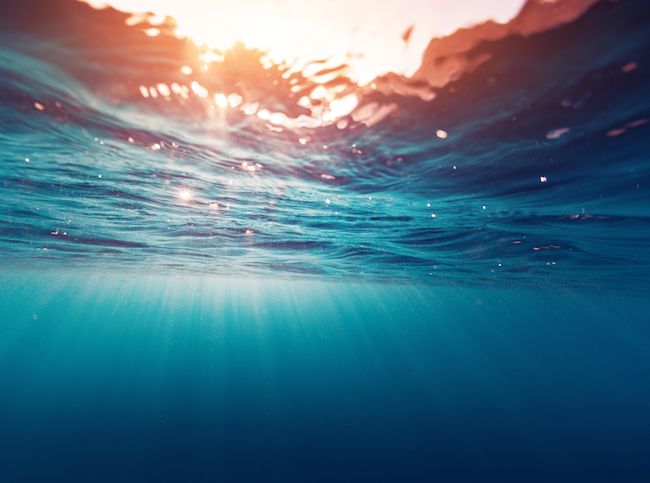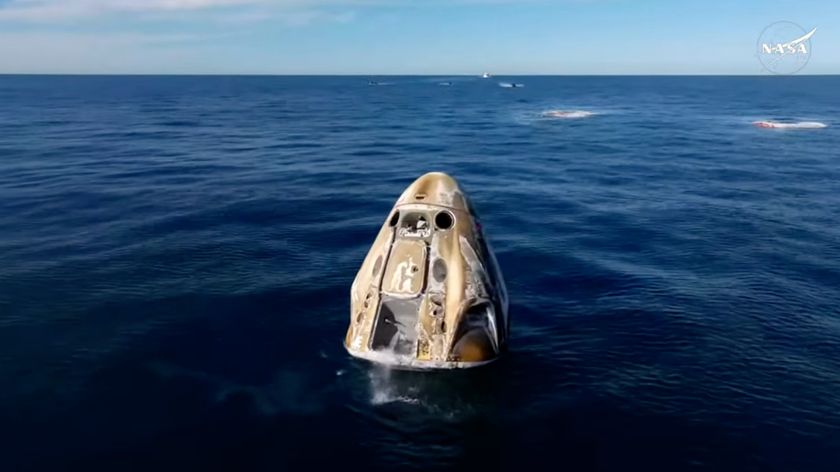Surviving 42 Minutes Underwater…How Boy Beat the Odds

A teenager in Italy recently beat some incredible odds when he survived for 42 minutes underwater, according to news reports.
The 14-year-old boy, identified only as "Michael" by the Italian newspaper Milan Chronicle, reportedly dove off a bridge into a canal with some friends last month and never resurfaced. His foot became caught on something underwater and it took firefighters and other first responders nearly an hour to free him from the depths. Though Michael remained on life support for an entire month, he recently woke up and seems to be doing fine, Time reported.
While Michael's story is certainly unusual, it's not unheard of for people to survive prolonged stints underwater, according to Dr. Zianka Fallil, a neurologist at North Shore-LIJ's Cushing Neuroscience Institute in New York. Fallil, who called the teenager's recovery "quite remarkable," told Live Science that there are two physiological processes that may come into play when a person is submerged underwater for an extended period of time with no oxygen.
Related: Undersea Miracle: How Man in Sunken Ship Survived 3 Days
The first of these processes is known as the "diving reflex," or bradycardic response, a physiological response that has been observed most strongly in aquatic mammals, but which is also believed to take place in humans. (This is the same reflex that results in newborn babies holding their breath and opening their eyes when submerged in water). When a person's face is submerged in water, blood vessels constrict and the heart slows down considerably, Fallil explained. Blood is then diverted to parts of the body that need it most.
"The body protects the most efficient organs — the brain, the heart, the kidneys — and pulls the blood away from the extremities and other, not-as-essential, organs," Fallil said.
The diving reflex is often cited as the thing that saves people from nearly drowning. However, it's difficult to study this reflex in humans (likely because of the obvious dangers of recreating near-drowning experiences in a lab), said Fallil, who pointed to another, less controversial explanation for how people survive long stretches underwater — the selective brain cooling hypothesis.
Sign up for the Live Science daily newsletter now
Get the world’s most fascinating discoveries delivered straight to your inbox.
"The selective brain cooling hypothesis [states] that, the quicker the brain cools, the more likely it is to survive," she said.
When you're immersed in cold water for a prolonged period of time, your body may carry out several processes that allow cooled blood to enter the brain, according to Fallil. One of these processes, hypercapnic vasodilation, occurs when the body retains carbon dioxide as a result of not breathing. This extra carbon dioxide causes blood vessels in your brain to dilate (become wider), which in turn allows more cool blood to enter the brain.
While the selective brain cooling hypothesis has also not been widely tested in humans, it's considered a more likely explanation for how the brain might be protected during episodes of prolonged submersion than the diving reflex, Fallil said. And there have also been several other studies conducted to see what factors, besides the body's reflexes, can help you survive underwater.
"There are a few studies that have looked at near-drowning victims to see if age, the duration of submersion or the temperature of the water had anything to do with survival," Fallil said. "And the one thing that they did find a correlation with was time of submersion."
One study, published in the journal Resuscitation in 2002, found that submersion time serves as a predictor of survival for near-drowning victims. The average amount of time spent underwater by the 61 patients in the study was 10 minutes. But, the patients who spent less time underwater (just five minutes) had the least amount of neurological disability after the incident. The victims who didn't survive spent an average of 16 minutes underwater. A similar study, conducted in 2013, found that there was a very low likelihood of a "good outcome" following a submersion lasting longer than 10 minutes.
However, neither of these studies found a strong correlation between the likelihood of survival and the temperature of the water in which a person was submerged, or a person's age. So while several news reports about the Italian teenager's harrowing 42-minute ordeal have concluded that his survival was a result of his youthor the relatively cold temperature of the Milanese canal in April, these are actually just guesses. It's just as likely that he survived because he received excellent medical attention, including the use of extracorporeal membrane oxygenation, or ECMO (a form of life support that removes carbon dioxide from the blood and oxygenates red blood cells), Fallil said.
Editor's Note: Medical experts agree that intentionally holding your breath underwater for extended periods of time (whether as part of a training exercise or a competition) is a dangerous activity that increases the risk of drowning.
Follow Elizabeth Palermo @techEpalermo. Follow Live Science @livescience, Facebook & Google+. Original article on Live Science.

Elizabeth is a former Live Science associate editor and current director of audience development at the Chamber of Commerce. She graduated with a bachelor of arts degree from George Washington University. Elizabeth has traveled throughout the Americas, studying political systems and indigenous cultures and teaching English to students of all ages.











